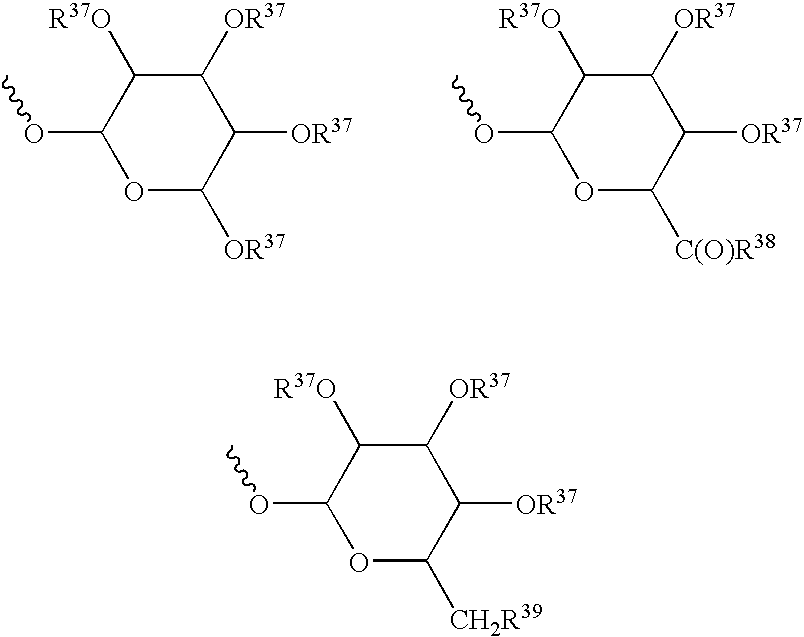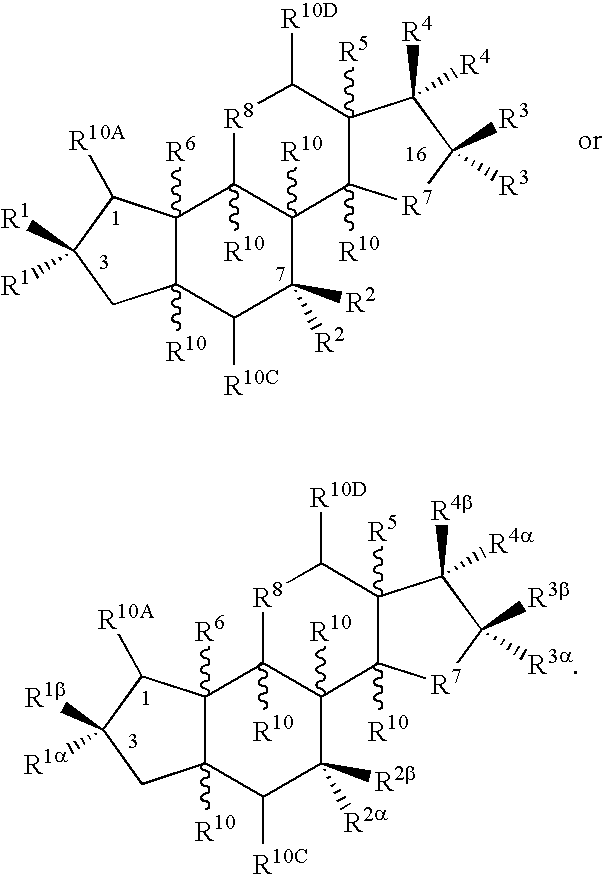Treatment screening methods
a screening method and screening method technology, applied in the field of screening methods, can solve the problems of difficult assessment of the clinical status of individuals, inability to find widely accepted precise or objective correlations,
- Summary
- Abstract
- Description
- Claims
- Application Information
AI Technical Summary
Benefits of technology
Problems solved by technology
Method used
Image
Examples
example 1
[0507] Measurement of biological parameters in non-human primates after biological insult. A study was conducted to characterize a biological insult of 600cGy of whole body irradiation to male Rhesus (Macaca mulatta) primates weighing 2.5 to 4.5 kg at an age range of about 1.75 to 3.5 years. Core body temperature was monitored by telemetry in the monkeys for a period of 40 consecutive days. Two groups of 10 animals each were used in the study. Core body temperature transmitters were surgically implanted in the abdomen prior to initiation of the radiation protocol. Core body temperature was continuously recorded from day −7 to day 41 for correlation with survival, hematology results, and other clinical parameters.
[0508] Temperature transmitters. Before initiation of the temperature transmitter implantation protocol, all animals were subject to a detailed physical examination and body weight measurement under the direction of a clinical veterinarian. Blood was collected from all anim...
example 2
[0520] Results and calculation of status profiles for non-human primates using biological parameter measurements. Numerical data obtained from the protocol described in example 1 was subjected to calculation of group means, standard deviations and other statistical analyses.
[0521] Statistically significant status profiles were obtained based on five biological parameters, i.e., anemia (based on hematocrit), thrombocytopenia (platelets), neutropenia (neutrophils), elevated temperature and circadian rhythm disruption. Each parameter alone gave statistically significant Plethality and Psurvival status profiles. When hematocrit nadirs for individual animals fell below 20% of normal, 4 of 4 animals died, while 5 of 6 animals survived when individual hematocrits remained above 20%. Calculation by an unpaired t-test analysis gave Plethality and Psurvival status profiles of 0.02 for a mean hematocrit nadir of 16.4% and 25.6% respectively.
[0522] When platelets for individual animals fell t...
example 3
[0538] Treatment of whole body lethal radiation and characterization of mortality surrogate markers. Two groups of 10 Macaca mulatta (Rhesus monkey) were exposed to a 6 Gy dose of γ-radiation from a 60Co source. This dose is an LD50 / 30 dose for this species. After irradiation, one group of animals was treated with test article, 15 mg / kg of 3β,17β-dihydroxyandrost-5-ene (“AED”) in vehicle, and the other 10-animal group was treated with the vehicle alone. The animals in each group were treated once per day for 5 consecutive days beginning on the day the animals were exposed to radiation. The animals consisted of 12 males and 8 females with a body weight range of about 2.5-5.5 kg at the onset of treatment. The age range was 1.75-5.0 years at the onset of treatment. Procedures involving the care and use of animals in this protocol was reviewed and approved by the Institutional Animal Care and Use Committee before conduct. During the study, the care and use of animals were conducted in a...
PUM
 Login to View More
Login to View More Abstract
Description
Claims
Application Information
 Login to View More
Login to View More - R&D
- Intellectual Property
- Life Sciences
- Materials
- Tech Scout
- Unparalleled Data Quality
- Higher Quality Content
- 60% Fewer Hallucinations
Browse by: Latest US Patents, China's latest patents, Technical Efficacy Thesaurus, Application Domain, Technology Topic, Popular Technical Reports.
© 2025 PatSnap. All rights reserved.Legal|Privacy policy|Modern Slavery Act Transparency Statement|Sitemap|About US| Contact US: help@patsnap.com



